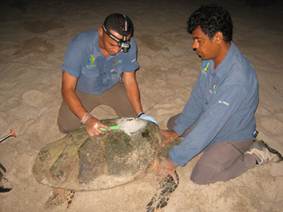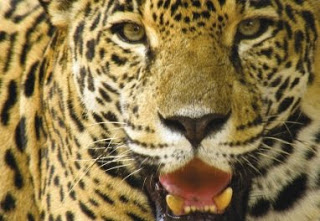
Alexa arribó a una playa del sur pacífico de Nicaragua (ubicado en el RVS La Flor, Rivas, Nicaragua) durante una noche pacífica del día 8 de agosto. Después de anidar, los guardaparques de Paso Pacífico le colocaron un transmisor satelital para seguir sus movimientos y para compartir la nueva información generada con esta red. También, en el espíritu colaborativo de ICAPO, los guardaparques aprovecharon para compartir y enseñar a un ‘huevero’ local la importancia de la tortuga Carey.



